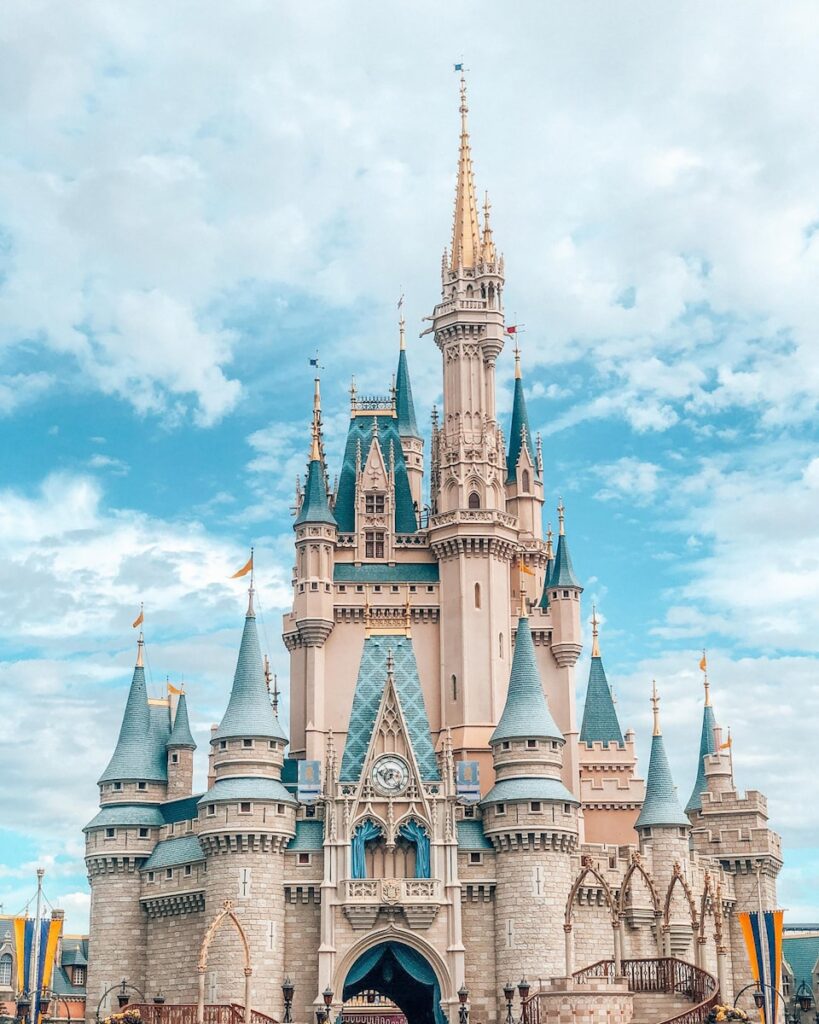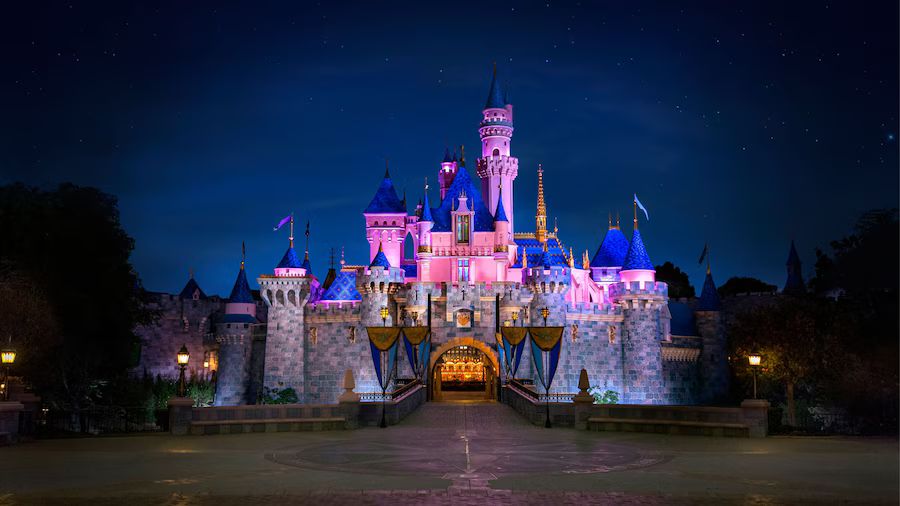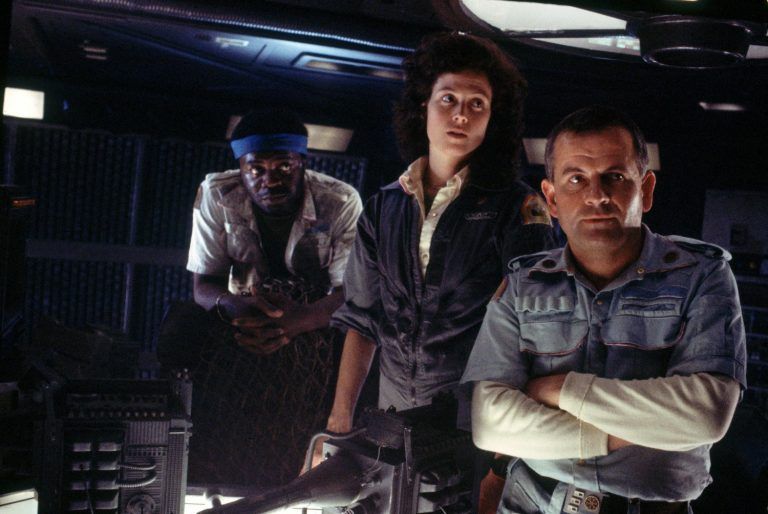
The Walt Disney Company has long been recognized as a global economic behemoth, boasting expansive divisions that span media, theme parks, merchandise, and an array of other ventures. Its influence permeates diverse sectors, establishing it as a formidable presence across various industries. A recently unveiled report, conducted in collaboration with Oxford Economics, meticulously details the profound and far-reaching economic contributions of Disney’s domestic Parks—specifically Walt Disney World and Disneyland—to the United States economy. This comprehensive analysis highlights the substantial financial and employment impact generated annually by these iconic destinations.
The report’s findings are nothing short of historic, revealing an annual economic impact of an astounding $67 billion generated by Disney Parks & Resorts from coast to coast. This colossal figure underscores the resorts’ significant role as economic catalysts, extending far beyond their immediate vicinities. Furthermore, this robust economic activity actively supports over 403,000 direct and indirect jobs, extending its reach across California, Florida, and indeed, all 50 states of the nation. Disney, nearly 70 years after the official launch of Disneyland, demonstrably continues to play “a vital role in driving economic growth, job creation, and small businesses across the United States.”

This profound influence is echoed by Disney Experiences Chairman Josh D’Amaro, who stated, “Disney defines the themed entertainment business in America, and our presence is felt across the country.” He further elaborated on the foundational principle driving this growth, asserting that “Our destinations create economies far beyond the gates of our parks, and when we invest in the groundbreaking experiences that only Disney can deliver, growth follows.” The $67 billion nationwide impact reported by Tourism Economics, an Oxford Economics company, impressively rivals consumer spending on major holidays, nearly matching the combined expenditures for Valentine’s Day, Mother’s Day, and Halloween in 2024. Michael Mariano, head economist for Tourism Economics, highlighted this comparison, providing a tangible benchmark for the economic scale involved.
The study meticulously quantifies the extensive job creation fostered by Disney’s operations, identifying more than 403,000 jobs directly or indirectly supported across the United States. This includes a significant concentration in the immediate regions surrounding the parks. Specifically, the report indicates that almost one out of every eight jobs in Central Florida can be attributed to Disney’s presence, signifying its immense local employment footprint. Similarly, in Orange County, California, nearly one out of every 20 jobs is linked to the company’s activities, demonstrating its critical contribution to regional labor markets.

Focusing on California, the Disneyland Resort alone contributed a substantial $16.1 billion in annual economic impact. This robust activity underpins the employment of more than 102,000 jobs within the Southern California region, encompassing both direct and indirect positions. Thomas Mazloum, President of Disneyland Resort, expressed immense pride in this long-standing influence. He underscored that “As we celebrate 70 incredible years in Southern California, we are deeply proud of the lasting impact Disneyland Resort has made—creating thousands of jobs, fueling the local economy and welcoming the world to this extraordinary region.
While Disney has routinely compiled and disseminated economic data for both Disneyland and Walt Disney World individually, this latest report marks a pivotal shift. For the first time, these separate studies have been meticulously combined to comprehensively “emphasize the company’s significant contributions to the US economy, across all 50 states.” This integrated approach provides an unprecedented nationwide view of Disney’s economic footprint. The report builds upon prior research from fiscal year 2022 concerning Disney’s operations in Florida, which had previously documented a substantial $40.3 billion economic impact within that state alone.

The comprehensive report, compiled by economists at Tourism Economics, provides a detailed geographic breakdown of this impressive national impact. Walt Disney World Resort was determined to have a $40 billion economic impact across the state of Florida in fiscal year 2022. Concurrently, Disneyland Resort’s operations generated a $16 billion impact on Southern California during fiscal year 2023. These regional figures, when combined with an additional $10 billion in annual economic impact attributed to the rest of the country, culminate in the overarching nationwide total of nearly $67 billion.
This unprecedented holistic view underscores Disney’s profound and pervasive role as a key economic engine, not merely within its primary operational regions but across the entire national economy. Michael Mariano, head of economic development with Tourism Economics and Oxford Economics, emphasized this point, stating, “With a nationwide impact of nearly $67 billion, Disneyland Resort and Walt Disney World are key economic engines, not only in their respective regional economies, but also in the nationwide economy.” He also articulated the profound implications of these findings, suggesting that “we’re trying to measure what would be lost in the absence of these attractions and the numerous activities associated with the attractions.” Mariano posed a critical question for economic consideration: “So one way of looking at these results is what we would lose if we didn’t have Disneyland Resort within the Southern California region and Walt Disney World Resort within the state of Florida?” This perspective highlights the indispensable nature of Disney’s contributions.

A significant component of Disney’s pervasive economic influence stems from its extensive collaborations with thousands of small businesses across all 50 states. These enterprises form a vital ecosystem, employing a diverse workforce and supplying a wide array of essential goods and services to the parks. The range of items procured is remarkably broad, encompassing everything from the specialized paint utilized on iconic structures like Sleeping Beauty Castle to unique gourmet popcorn served within the theme parks. Even fundamental provisions such as towels and linens for the resorts are often sourced from these valued small business partners, illustrating the intricate web of economic dependencies.
Looking ahead, Disney has articulated ambitious plans to further amplify its economic footprint, particularly within its domestic parks. The company has publicly committed to a substantial investment, pledging to inject $60 billion over the next decade into its Experiences segment, which encompasses both domestic and international parks, as well as the Disney Cruise Line. A significant portion of this capital, specifically half, is strategically earmarked for its U.S. parks, indicating a strong focus on enhancing and expanding these key assets. This monumental investment is explicitly intended to “turbocharge” the growth of these domestic destinations, promising a new era of innovation and expansion.
Among the specific initiatives funded by this substantial capital expenditure is the most expansive growth project ever undertaken at Magic Kingdom. This includes a comprehensive reimagining of a section of Frontierland, drawing inspiration from the beloved Pixar Animation Studios film “Cars.” Additionally, plans are underway for an entirely new land within Magic Kingdom, creatively themed around iconic Disney Villains from classic Walt Disney Animation Studios films. These projects are poised to significantly enhance the visitor experience and attract even greater numbers of guests to the Florida resort.
The strategic investments also extend to Disney’s Animal Kingdom, where a new Tropical Americas land is slated for development. This immersive new area will feature highly anticipated attractions based on Walt Disney Animation Studios’ “Encanto” and the adventurous “Indiana Jones” franchise. Concurrently, Disney’s Hollywood Studios is set to introduce the first-ever land entirely dedicated to Pixar Animation Studios’ “Monsters, Inc.”, promising novel entertainment experiences. On the West Coast, the Avengers Campus at Disney’s California Adventure park is slated to double in size, offering an expanded universe for Marvel fans.

Further enhancements are also planned for the Disneyland Resort, with new attractions in development based on Disney and Pixar’s “Coco” and James Cameron’s “Avatar”. These planned expansions collectively represent a monumental commitment to innovation and guest satisfaction, designed to sustain and amplify the parks’ economic allure. Beyond the direct impacts of park operations and construction, The Walt Disney Company actively employs over 160,000 individuals across all 50 states. These roles encompass virtually every trade and profession imaginable, from creative animators and meticulous accountants to specialized zoning engineers and dedicated zoologists, highlighting the company’s vast and diverse workforce.
Disney’s contributions extend beyond purely economic metrics, embodying a profound commitment to societal well-being and community engagement. A core pillar of this commitment is the substantial investment in its workforce development. Through the Disney Aspire program, the company has allocated $370 million towards higher education and professional development initiatives for its hourly workers nationwide, empowering employees through continued learning. Furthermore, Disney maintains a long-standing and impactful relationship with Make-A-Wish, holding the distinction of being the number one wish-granter globally for children facing critical illnesses, fulfilling a child’s wish every hour of every day.

The company also provides substantial support to children’s hospitals both nationally and internationally, recently fulfilling a $100 million commitment aimed at enhancing the hospital experience for young patients and their families. These broad philanthropic endeavors underscore Disney’s unwavering dedication to being “a force for good in the world,” particularly within its home country. As Walt Disney himself once proclaimed, expressing his deep connection to the nation, “Actually, if you could see close in my eyes, the American flag is waving in both of them.” This sentiment encapsulates the enduring legacy and multifaceted impact of The Walt Disney Company on the U.S. economy and its societal fabric.



